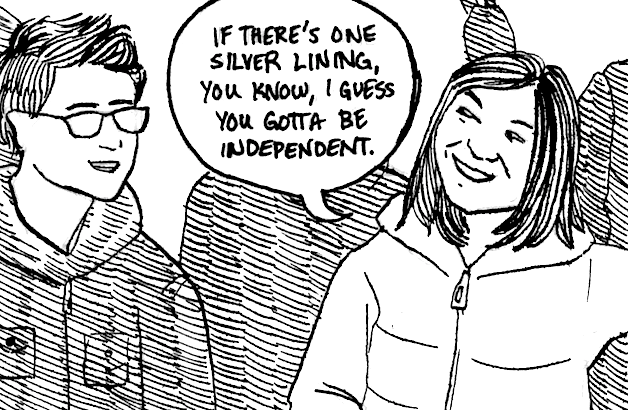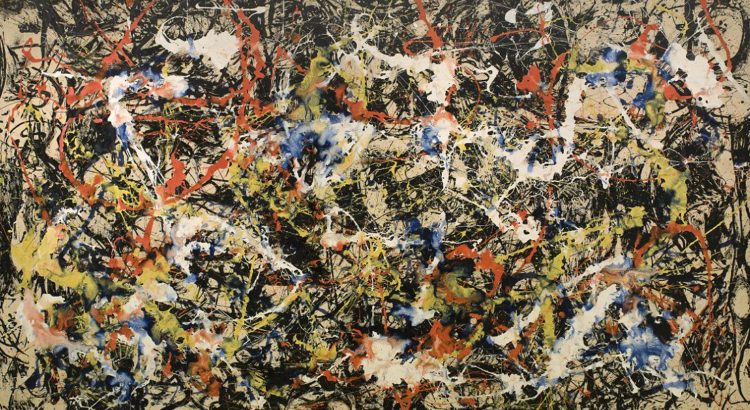
This weekend I was able to attend the Great Lakes Art Fair at the Suburban Collection Showplace in Novi, Michigan. Artists from all over Michigan set up their art in booths and are able to talk freely with attendees, even sell their artwork. A wide variety of art was featured, including paintings, drawings, wood and metal sculptures, ceramics,glass works, photography, jewelry, printwork, and artisanal treats such as olive oils and dips, jerky, and even handmade soaps.
Although I may be biased by a predisposition toward fine arts, the booths that contained paintings were my favorite. I recognized one of my favorite Michigan artists, Thomas LeGault (whose work you can find here), and discovered a brand new one, Gerald Freeman.
Freeman paints primarily classic cars and other vehicles such as warplanes and bicycles, usually set in a backdrop of nature, but other works he was showcasing included human portraits, architecture, and a yacht on which fishermen wrestled with a huge fish popping out of the waves. His paintings are hyper-realistic–on his website, you can hardly tell that the pictures are of paintings and not of photographs.
In talking to him at the art fair, I learned that he does paint using photographs, but he doesn’t limit himself to just these. He would find a particular car he liked in one photo, then use the backdrop of trees or a dirt path from another, and, in the case that there was a person in the photo, he would often use a model in a studio. He said he wasn’t one for outdoor painting, but just a glance at his gallery told me that he loves nature, and had spent years studying it, trying to capture its beauty.
What struck me about his paintings, though, were the cars themselves. Though hyper-realistic, the natural backgrounds of his paintings gave just a vague hint of being painted, if you looked closely for brush strokes–very closely. But no matter how closely you looked at the cars, you will find only a perfect mirror image of the landscape around it, down to the exact warping in the curved exteriors. I almost expected to see my own reflection peering into the paintings, looking back at me in concave form from the smooth, shiny bodies of the Mercedes and Lincolns.
They were absolutely flawless.
One particular painting showed the dashboard of a convertible. He told me that he had done it with oil paints, which floored me because, in my comparatively little experience, oil paints are quite thick and hard to use for such perfect, minute details. But this one, just as the other ones, was photo-realistic.
Talking with Freeman and seeing his paintings was incredibly inspiring. Sometimes when I see art that seems unachievable for me, it’s discouraging, and it makes me feel like no matter how much time I spend practicing, I’ll never get to that skill level, or I’ll never create something as wonderful as *this.* But somehow, hearing Freeman talk about his passion for painting filled me with tenacity. If he can hone his skill over time to create paintings as gorgeous as these, then one day, anyone can get to that level, with painting or with anything.
You can look at the rest of Mr. Freeman’s gallery here.











